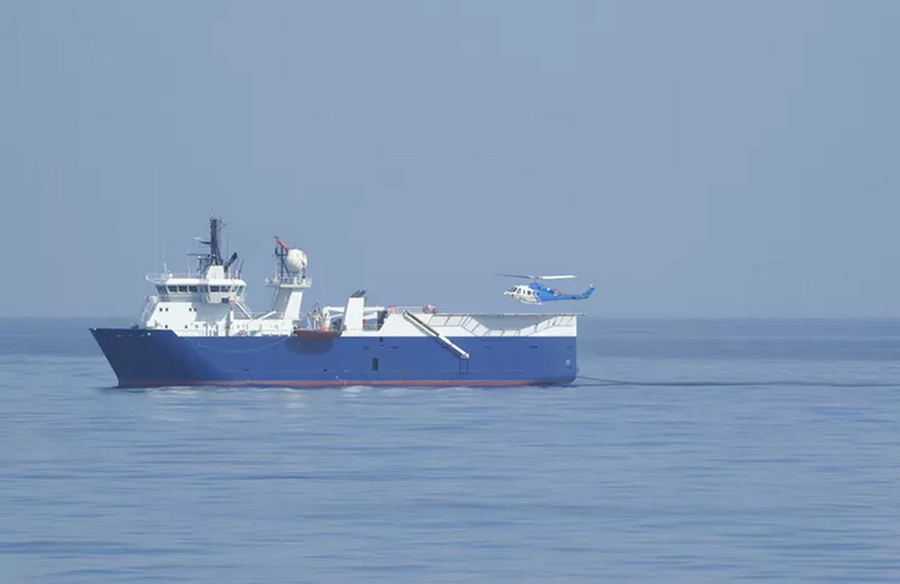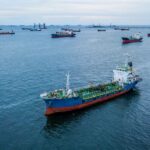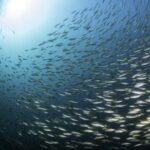Anthropogenic noise in the ocean, resulting from human activities, poses significant threats to marine life and ecosystems. As ocean noise pollution continues to rise, understanding its impacts and implementing mitigation strategies are crucial for protecting marine biodiversity.
Ocean Noise Pollution: Causes and Consequences
Human-made sources of ocean noise pollution include shipping vessels, sonar systems, seismic surveys, military operations, and underwater construction. The intensity of this noise has escalated over the past few decades due to expanding commercial activities such as shipping and offshore drilling.
Marine animals, including mammals, fish, and invertebrates, heavily rely on sound for communication, navigation, and feeding. Excessive noise can disrupt their behavior, leading to stress, injury, and even death. For instance, noise pollution can interfere with mating calls of marine mammals, disrupt fish schooling behavior, and cause zooplankton mortality.
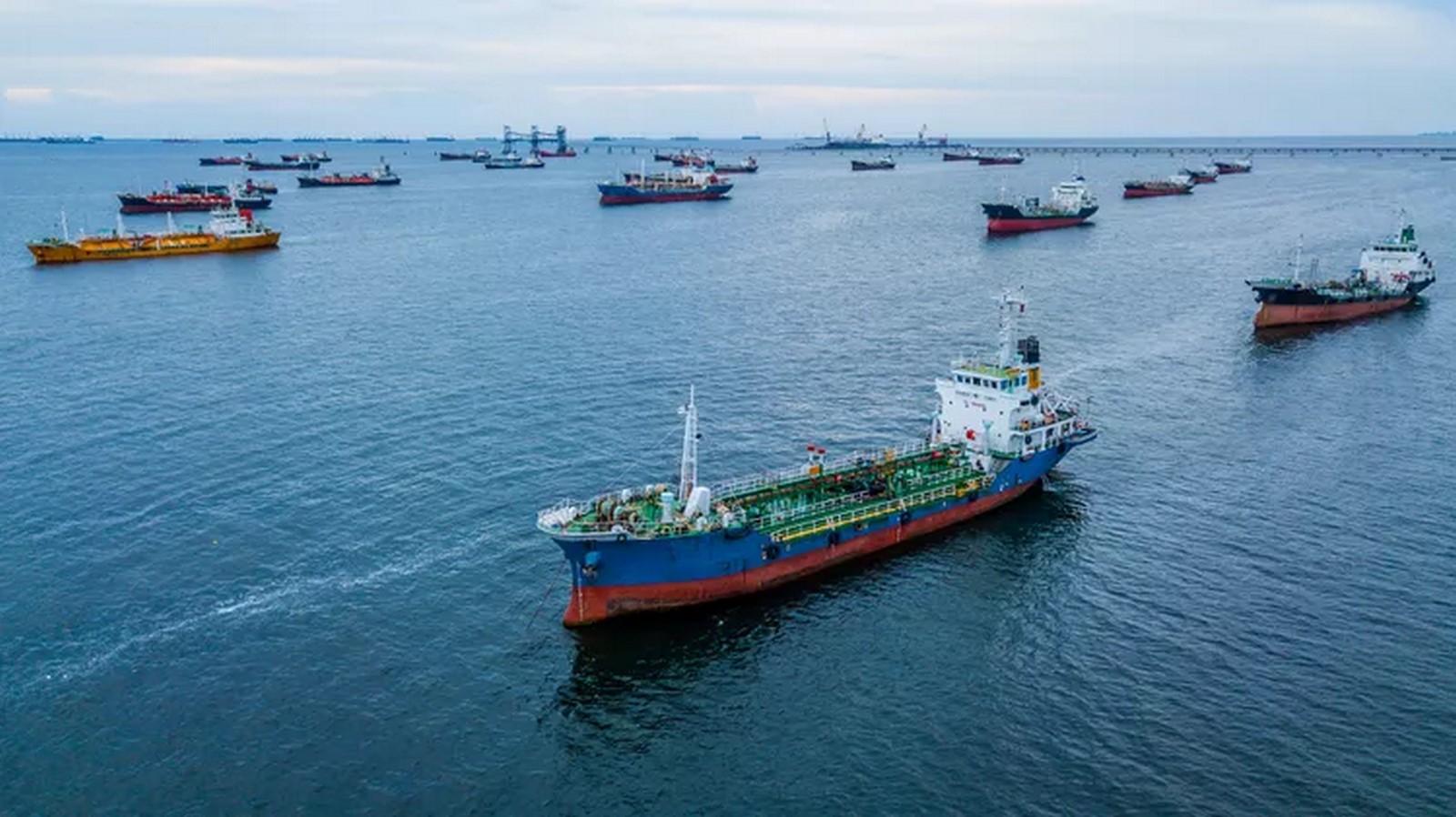
Types of Ocean Noise
Ocean noise encompasses a range of frequencies and originates from various equipment and activities. Seismic surveys, which use loud air guns to map subsea geology for oil and gas exploration, emit intense noise that can harm marine life, including whales and squid.
Impulsive sounds, such as those produced by explosives in underwater construction and naval operations, pose additional threats. These sudden, high-intensity sounds can cause immediate and long-term harm to marine organisms, including internal injuries and habitat displacement.
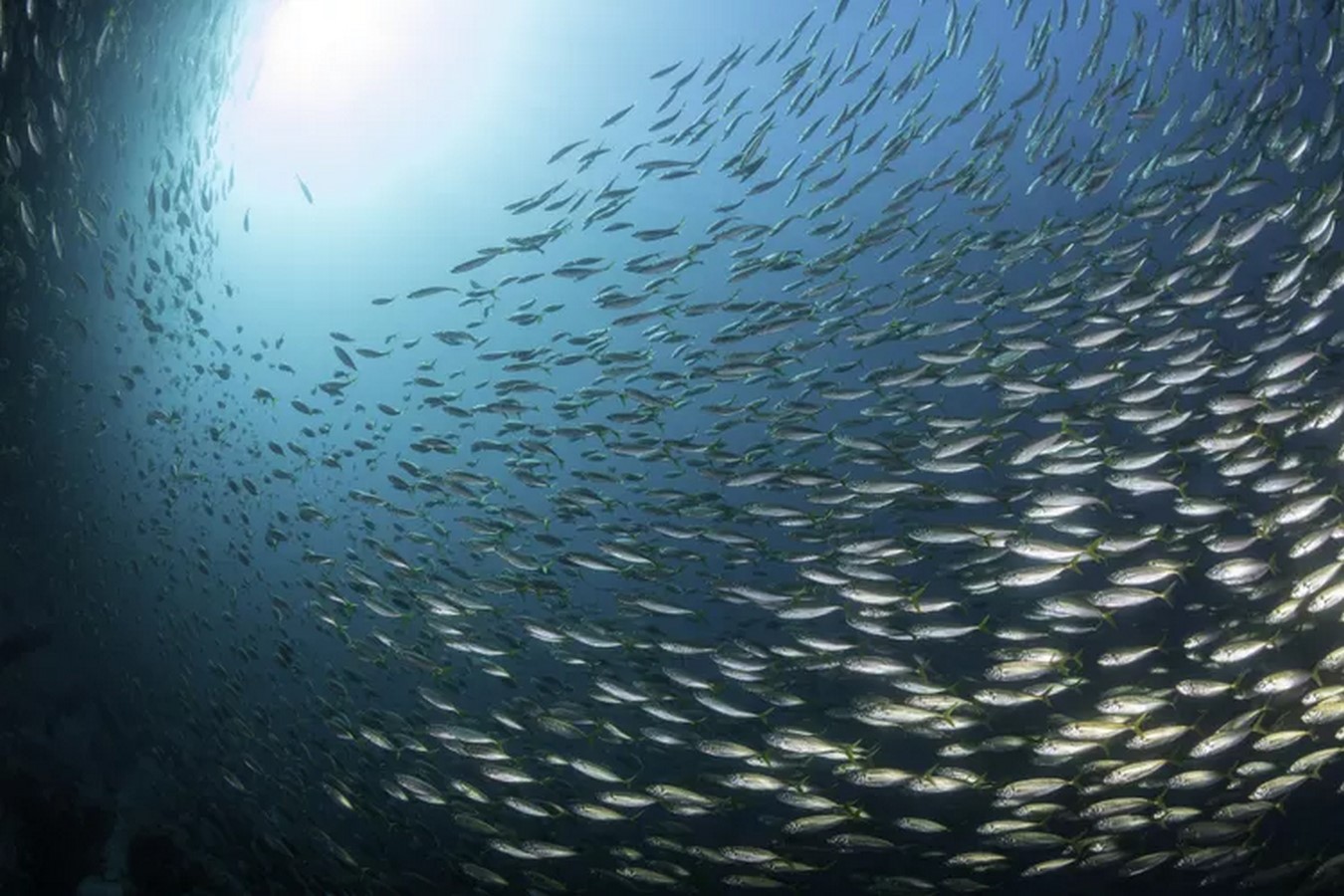
Impacts on Marine Life
Marine species exhibit diverse responses to ocean noise pollution. For example, humpback whales alter their vocalizations in response to vessel noise, while fish use sound for orientation and settling. However, artificial noise can confuse and disorient marine life, leading to population declines and ecosystem disruption.
Zooplankton, vital to ocean food webs, are particularly vulnerable to noise-induced mortality. Studies have shown that seismic airgun activity can halve zooplankton populations, impacting entire marine ecosystems’ food availability.
Mitigation Strategies
Reducing ocean noise pollution requires comprehensive strategies at both local and global scales. Source reduction, through quieter equipment and noise-reducing technologies, is essential. Additionally, regulating noise-generating activities and implementing incentive-based measures can encourage pollution reduction among industries.
Policy interventions, such as command-and-control approaches and market-based measures like cap-and-trade systems, are crucial for managing ocean noise pollution effectively. These measures aim to mitigate the cumulative impacts of anthropogenic noise on marine habitats amid increasing human activities and climate change pressures.

Conclusion
Ocean noise pollution poses significant ecological threats, necessitating urgent action to mitigate its impacts. By understanding the causes and consequences of anthropogenic noise in the ocean, policymakers, industries, and stakeholders can develop effective strategies to protect marine ecosystems and biodiversity.
As we strive to reduce our environmental footprint, addressing ocean noise pollution is essential for preserving the health and integrity of our oceans and marine life.
